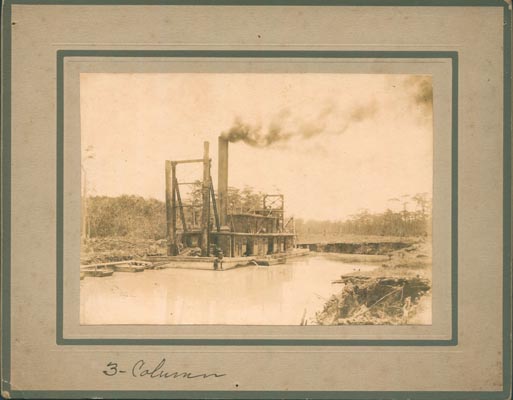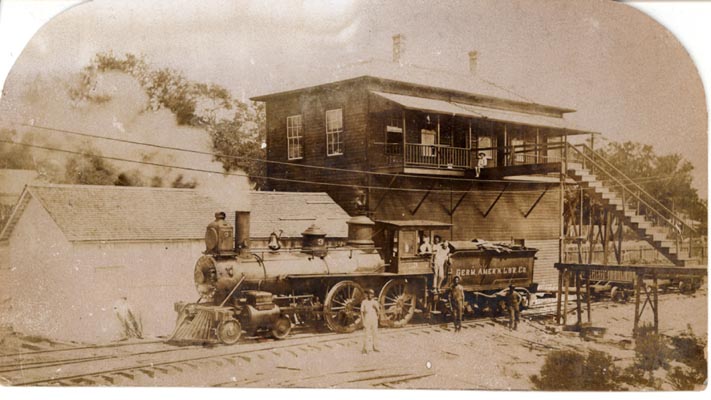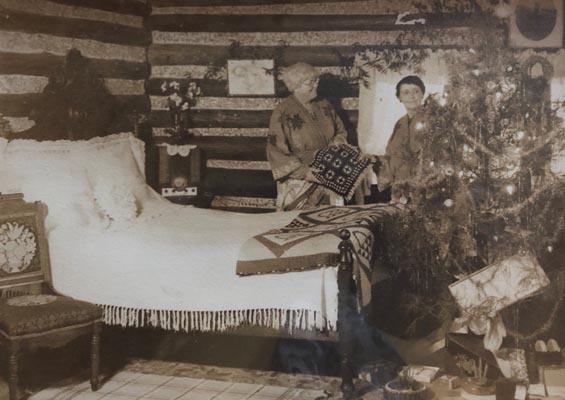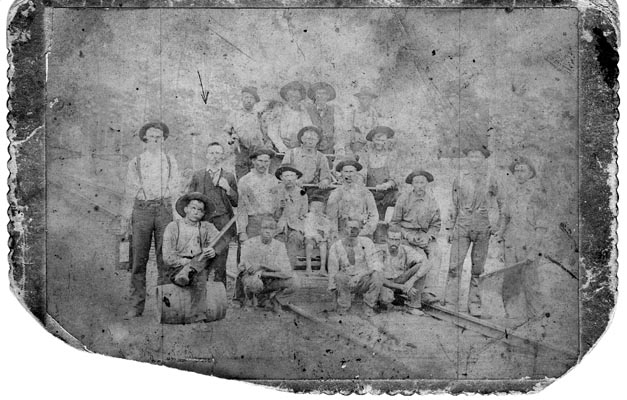History



History of St. Andrews
Early settlement of this area dates to the 1820s, and by the 1840s, a small community had formed around the bay. It became a popular fishing destination for planters from Jackson County, and in 1850 it began showing up on local maps. The area was targeted during the civil war due to the fisheries and salt works. The Union destroyed all of the buildings, and the community was abandoned. There are no buildings in this area that predate the Civil War.
In the 1870s, resettlement of the area began, but the population remained small. In the mid-1880s, the St. Andrews Bay Railroad, Land and Mining Company based in Cincinnati, Ohio, acquired a significant amount of land in the bay area. They began an ambitious advertising campaign throughout the north promoting the region as ideal for retirees and winter residents. They also bosted agriculture, fishing, and oyster harvesting, and thanks to this promotional effort, several northern residents relocated to St. Andrews. The town’s growth led to the establishment of two sawmills, a school, a church, a hotel, a druggist, and two newspapers, St. Andrews Buoy and the St. Andrews Messenger were published.
At the turn of the 20th century, St. Andrews continued to grow but was surpassed by the neighboring communities of Panama City and Millville. In 1927 the community of St. Andrews was annexed into the Panama City city limits.


History of Harrison
The history of what would eventually become Panama City dates back to the 1880s when the community of Harrison was established. The community of Harrison struggled as the development in St. Andrews was being promoted by the St. Andrews company. By the early 20th century, the community of Harrison was essentially abandoned, with only two residents continuing to run a small hotel for fishermen. The establishment of the Gulf Coast Development company would bring about much-needed changes for the small community.



Establishment of Panama City
In 1905 George Mortimer West approached a group of Chicago businessmen to establish the Gulf Coast Development Company (GCDC). Through the sale of stocks to investors, the GCDC was incorporated, and in 1906 the corporation acquired lang around Harrison to divide the land and sell off the parcels. The goal was to create a major Gulf port connecting the Panama Canal, and the corporation changed the name from Harrison to Panama City. West and the GCDC advocated for a rail line connecting Dothan, Alabama to Panama City, and by 1908 the railroad was completed. The railroad provided a significant boost for the community and economy; in 1909, the population had grown large enough to become an incorporated municipality.
By the 1910s, there was a growing local movement to split Panama City from Washington County. A bill was introduced by state representative Robert Lee McKenzie requesting the creation of a new county, and in 1913 Bay County was created. Ten years later, Panama City was slowly growing with over 1,700 people. The end of World War I brought about significant changes along the bay as city organizers shifted their focus from the lumber industry to the tourism industry.
In 1926 the communities of Millville, Panama City, and St. Andrews were consolidated into Panama City. As automobiles became the preferred method of transportation for Americans, the construction of U.S. Highway 98 and 231 would contribute to the development of beachfront communities, including Panama City Beach.
